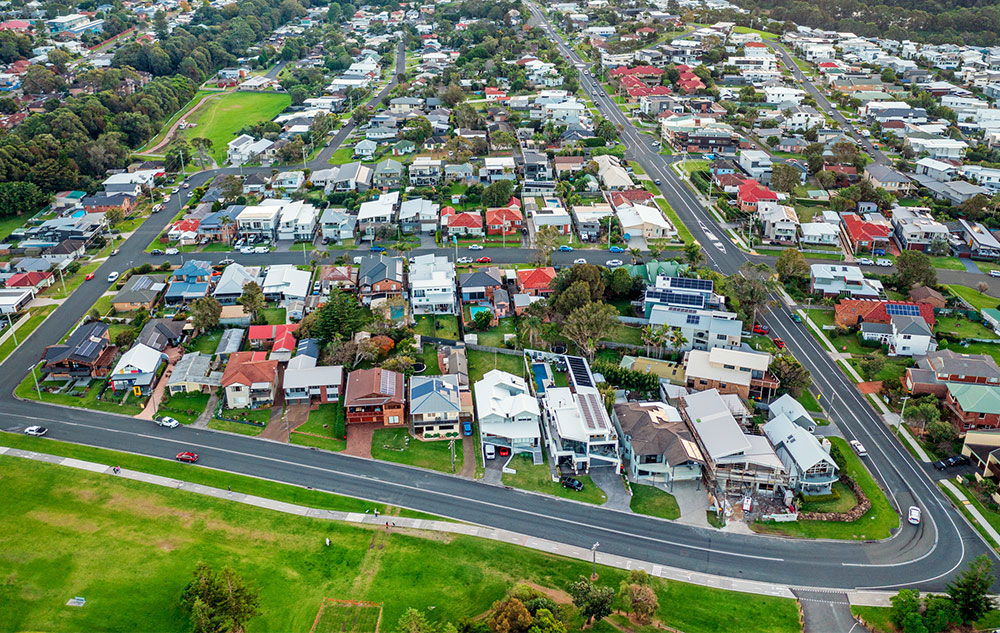
Lowest rate cap in 20 years puts councils, communities at risk
The financial sustainability of regional and rural councils across NSW would be put at risk by the lowest rate cap increase in 20 years, the sector’s peak body said today.
The rate cap – announced today by the Independent Pricing and Regulatory Tribunal – has been set at a baseline of 0.7%, but rises for councils experiencing population growth.
Local Government NSW (LGNSW) President Darriea Turley said the baseline rate cap was a devastating blow to councils already struggling to recover from droughts, bushfires, floods and the COVID pandemic.
“This is the lowest rate cap in more than 20 years, and less than half the second lowest cap of 1.5% allowed in 2017/18,” Cr Turley said.
“It will come as a real kick in the guts to councils who are already working so hard to help their communities recover from the events of the past two years.
“The baseline rate peg is based on the costs of goods last year, when the economy was in a pandemic-induced slump.
“It does not recognise the skyrocketing cost of commodities, as supply chain delays really start to bite, and NSW begins to emerge from the COVID pandemic.
“The cost of fuel is up nearly 100%, so that alone with have a major impact on operating costs for councils.
“IPART too has decided to apply the public service wage increase of 1.2% instead of the 2% guaranteed to councils workers for 2022.
“That means councils will have to dig deeper into their existing funds to pay their staff, so that is another very real impact.
“Councils are often the major employer in our regions and rural areas, so the financial sustainability of the council and the economic health of our towns are inextricably linked.
“Councils build and maintain local infrastructure and that means jobs.
“If they can’t afford to employ as many staff as a result of this shockingly low rate cap, then families cannot afford to stay in town, which has a flow-on effect to school enrolments, small business and health services.
“The last thing we want to do as we emerge from the pandemic is to send our regional and rural communities into a death spiral from which they cannot recover.
“The only other way to make up the shortfall which will be the direct result of this rate cap is to spend less on local roads, parks, pools, libraries and other community services on which our regional and rural communities depend.
“A lot of planned work, intended to drive a locally-led recovery from COVID will now simply be out of financial reach.”
Cr Turley said 78 of the state’s 128 councils would not receive any benefit from the growth factor.
“Councils that do receive the growth component, like Camden, have been playing catch-up for a long time,” she said.
“This additional population-based component only goes a part of the way to providing the infrastructure and services demanded by our growth cities.”
BACK TO ALL NEWS